6. Begotten (Edmund Elias Merhige, 1989)
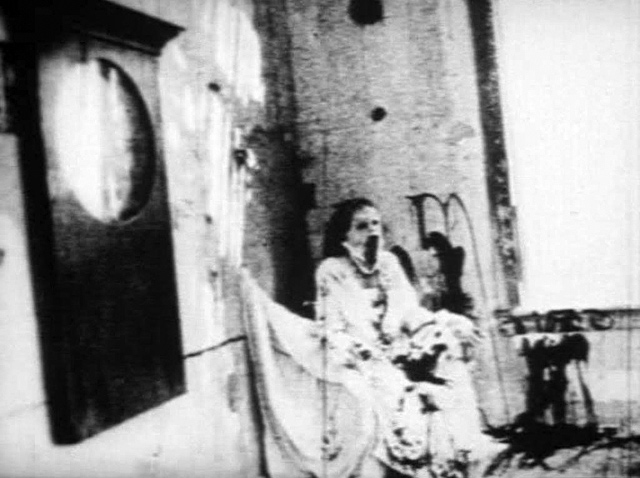
“Begotten is a film that is like a nightmare. It is a film that takes you to a dark and disturbing place, but it is also a film that is visually stunning.” – David Lynch
Begotten represents an impressive creation that goes beyond conventional cinema and provides an unforgettable visual experience. The film by E. Elias Merhige opens a new chapter in the book of world cinema, presenting a story told through the abstract language of visual art. Each frame of this film is crafted with meticulous precision and extraordinary passion, skillfully wrapped in mystery and gloom using multilayered film processing.
The storyline is intricate and ambiguous, immersing viewers in their own journey of exploration and interpretation. The film begins with a mysterious creature, presumably personifying some divine principle, which, after committing an act of suicide, transforms into something new. This epic scene is emblematic of the entire picture, giving rise to an unpredictable chain of events and meanings. This film cannot simply be watched – it must be experienced.
Merhige deviates from conventional cinematic norms, creating a masterpiece that boldly declares its uniqueness. Begotten is an artistic work that plays with form, content, and the viewer’s perception. Thanks to its distinctive visual style, reminiscent of dreamlike and ominous paintings, Begotten solidifies its place in the category of eccentric films. Merhige poses questions and gives viewers room for answers, creating unique and thoughtful cinematic poetry.
Begotten is a creation that stimulates the intellect and provokes thought, thereby raising the bar of cinematic art. However, it must be acknowledged that the daring experiments and eerie abstractions may induce shock and mixed emotions, but it is precisely in this eccentricity that its strength lies, allowing it to occupy its niche in the history of cinematic avant-garde. It enables the enrichment of one’s view of the world through the lens of art-house cinema.
7. Naked Lunch (David Cronenberg, 1991)
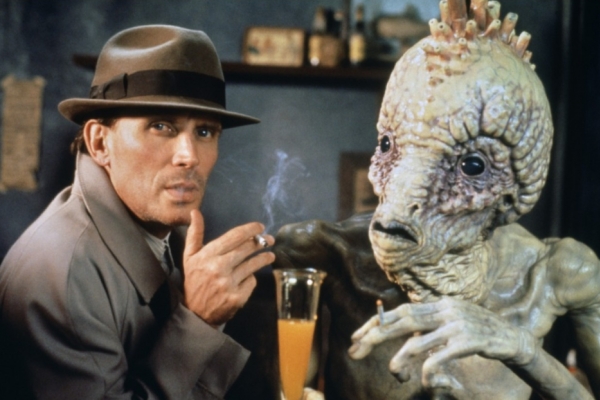
“Naked Lunch is a film that is both challenging and rewarding. It is a film that is not for everyone, but it is a film that is essential viewing for anyone interested in the work of David Cronenberg or the power of cinema.” – Jonathan Rosenbaum
In the history of cinematic nonconformity, the film Naked Lunch undoubtedly occupies a special and honorable niche. Based on the novel by the legendary William Burroughs, the film offers viewers a completely unique cinematic immersion into a world of absurdity and mysticism, while remaining a powerful commentary on creativity and human identity through the haze of drug-induced fog.
The main character, William Lee, seeking inspiration for his new work, finds himself trapped between two worlds: reality and fantasy, offering viewers a rare insight into experiences that arise when blurring the boundaries between the subjective and objective. The film’s profound script provokes viewers to journey through this strange and unusual cinema. Starting with reflection, it forces a rethinking and calls into question our usual notions of writing as a means of self-expression, returning us to the deepest questions about our own essence.
Naked Lunch, despite its complexity and potentially shocking content, is an undeniable contribution to the enrichment of eccentric cinema. The film convincingly shows that cinema can break conventional boundaries and offer us new horizons of perception. David Cronenberg’s work is more than just a film. It is a sacred ritual, full of strange images and deep symbolic meanings. A true creative experiment that prompts reflection on the nature of reality and existence. It calls on viewers to awaken their fantasy and imagination, not limiting themselves to the ordinary world, and discovering unexplored layers of art.
8. Being John Malkovich (Spike Jonze, 1999)
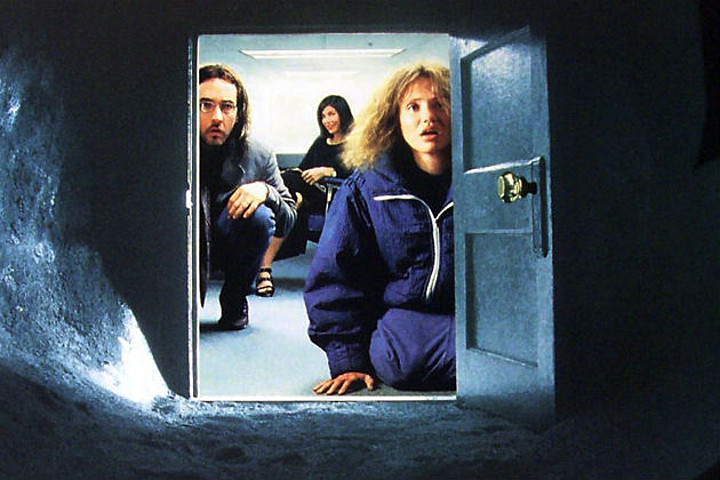
“Being John Malkovich is a film that is both funny and thought-provoking. It is a film that is both visually stunning and intellectually stimulating.” – Roger Ebert
One of the bright stars in the firmament of eccentric cinema must be acknowledged as the film by director Spike Jonze and screenwriter Charlie Kaufman, Being John Malkovich, which seems to open a door into the mysterious depths of the human soul. This work offers viewers a new perspective on the blending of genres and plot twists, transporting us into a parallel reality and unveiling unseen horizons of surrealism and comedic drama. The story of Craig Schwartz, a struggling puppeteer portrayed by John Cusack, serves as an allegory for the oddities of life and the inexplicability of fate.
The film’s eccentricity reaches its peak when Schwartz discovers a mysterious passage that penetrates the consciousness of the real actor John Malkovich. Here, the ancient desire to enter the thoughts and feelings of another person is realized, along with the strangeness and vanity of human consciousness, leading to a series of thrilling and shocking events.
Being John Malkovich attracts not only with its bizarre plot but also with splendid acting performances. John Malkovich is utterly magnetic in the role of himself, revealing complex shades of human psychology. His mixed emotions and internal struggles are conveyed to the audience with astonishing candor. Being John Malkovich is a true work of art, standing out among most films for its innovative approach to concepts of reality and self-awareness.
This film will prompt questions about your own identity, and you will see how independent cinema can shatter established canons and perceptions. The perception of this film may vary from person to person, but it is impossible to deny the fact: Being John Malkovich is a bold and fresh approach to cinema that challenges our usual notions of what it means to “be oneself.”
9. The Lobster (Yorgos Lanthimos, 2015)
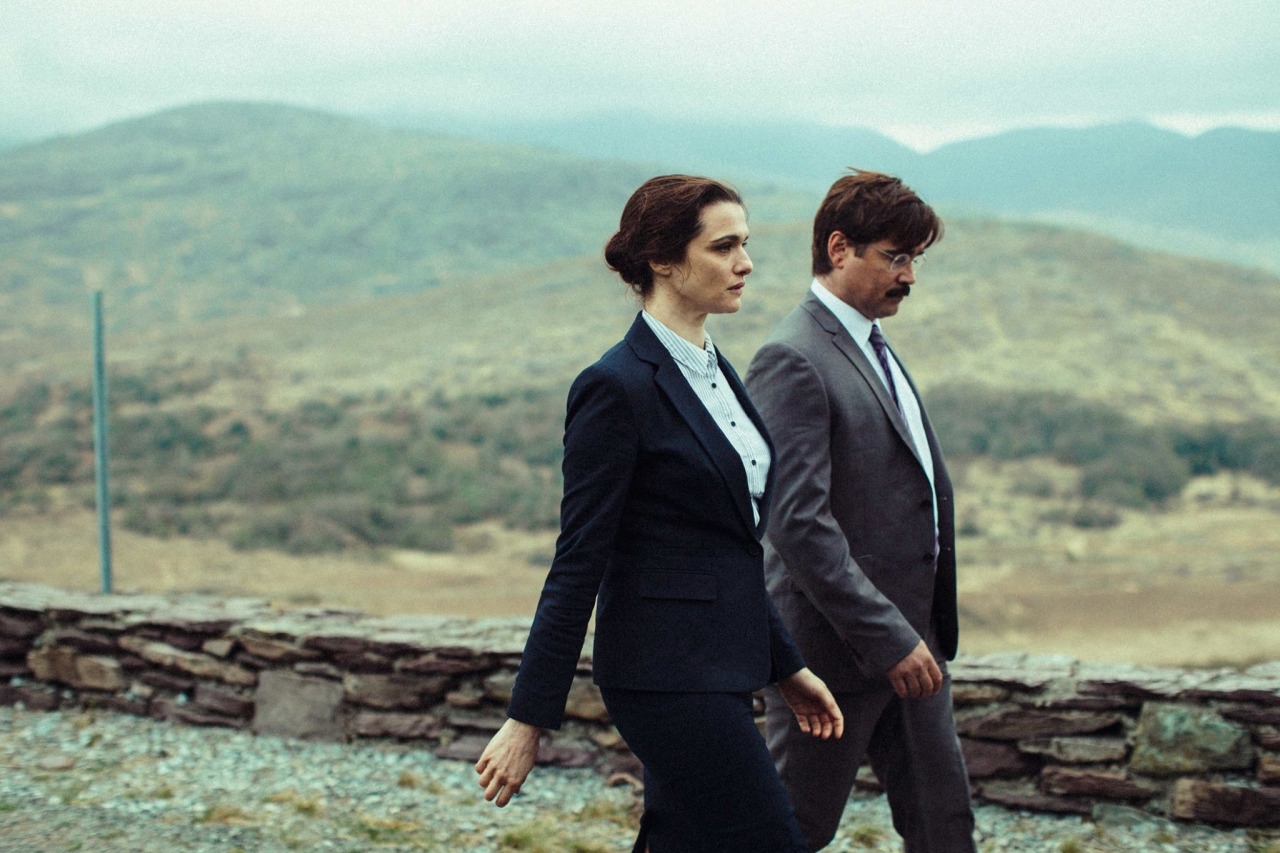
“The Lobster is a film that is both funny and disturbing. It is a film that is both visually stunning and thought-provoking.” – Martin McDonagh
The Lobster is a film that provokes active intellectual dialogue even after the credits. Virtuoso Yorgos Lanthimos, on the thin line between black humor and grim reality, paints a picture of a dystopian reality where the institution of love becomes state-regulated, and failure in romantic pursuits condemns one to transformation into an animal. Experimenting with socially accepted norms and expectations, Lanthimos explodes the idea of social pressure related to loneliness and the necessity of choice.
The Lobster opens a new perspective on familiar concepts of marriage and love, replacing them with a sinister and absurd scenario. In the unique world of this film, individualism and aversion to relationships become crimes, forcing viewers to witness a cruel and deliberately comical theater of social conformity. Colin Farrell animates the image of the main character, becoming an unwitting puppet in the hands of an unrelenting system. His search for love is a journey filled with longing, anxiety, but also genuine compassion. His ambitious choice to become a lobster in the event of failure represents a metaphor for desperation, as well as hope for independence and freedom, even in the face of insane circumstances.
Yorgos Lanthimos skillfully plays on contrasts, and his unconventional approach evokes laughter, bewilderment, and deep reflection. The director’s intriguing and quirky style is clear in every frame of the film. He not only tells a story but creates a bizarre and unusual cinematic work of art. Every detail is imbued with its individual significance, and the bold choice of actors further confirms the film’s uniqueness.
The Lobster is a profound and creative project, built on unpredictable plot twists and unmatched directorial craftsmanship, a truly original and extraordinary work of art. It is more than just a movie – it is a challenge to the contemporary viewer, stimulating reflection on issues of love, relationships, and personal freedom. The Lobster proudly and openly displays its eccentricity, making it an instrument for creating a powerful and convincing social commentary.
10. Everything Everywhere All at Once (Daniel Kwan, Daniel Scheinert, 2022)
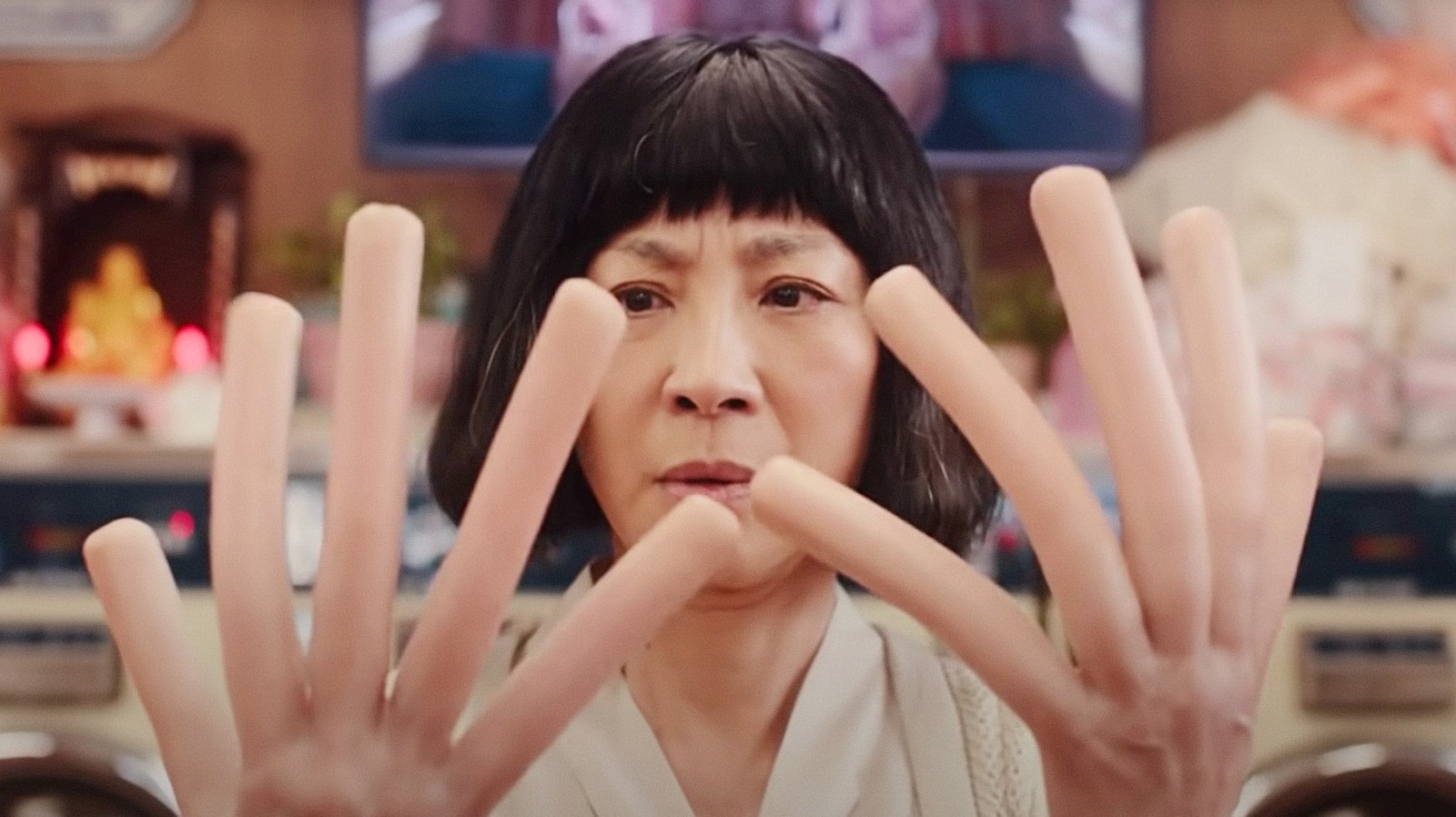
“Everything Everywhere All at Once is a rare film that manages to be both wildly entertaining and deeply meaningful, a dazzling showcase of the Daniels ’unique vision and Yeoh’s immense talent.” – David Ehrlich
Certainly, few could have imagined that a film about sausage-hands, phallic statuettes inserted into the anus, and a bagel instead of a black hole could become the picture of the year. However, after films by David Cronenberg and Alejandro Jodorowsky, this hardly surprises us anymore.
Everything Everywhere All at Once is a cinematic experiment written and directed by Daniel Kwan and Daniel Scheinert, commissioned by independent studio A24, the chief contemporary forge of bizarre cinema (the creators of the macabre Hereditary (Ari Aster, 2018) the saturated Legend of the Green Knight (David Lowery,2021), and the aesthetic Lighthouse (Robert Eggers, 2019) ). The plot revolves around Evelyn Wang (Yeoh), a housewife who discovers her ability to move between parallel universes. Each of these universes reveals Evelyn in different facets: an actress, a martial arts master, an opera diva. She must use her unique abilities to save the universe from an evil deity, aiming to destroy all parallel universes and create a new, perfect universe.
The eccentricity of the film lies because they have used the concept of multiverses not only as a deconstruction of genre Hollywood tropes but also as a metaphor for a deeply resonating feeling in our society that we live when everything seems wrong. The film connects with our collective human fears about life not fully lived, missed opportunities, and untapped potential.
In terms of bizarre and madness per minute of screen time, the Daniels ’absurdist fantasy easily outpaces any big-budget blockbusters. Still, the uniqueness of this cinematic masterpiece lies precisely because Everything Everywhere All at Once is, above all, a film about the value of family. Jumps across multiverses, spectacular fights, the crunch of reality’s fabric, and transformation into stone all ultimately become part of a larger parable about understanding and accepting loved ones.
Everything Everywhere All at Once is not merely a strange, whimsical, and eccentric film. It is a work of art, blending abstract concepts with deeply human emotions. It is a movie that will touch your feelings and make you think about life in the modern world, presenting a cinematic interpretation of the question: How to feel alive?